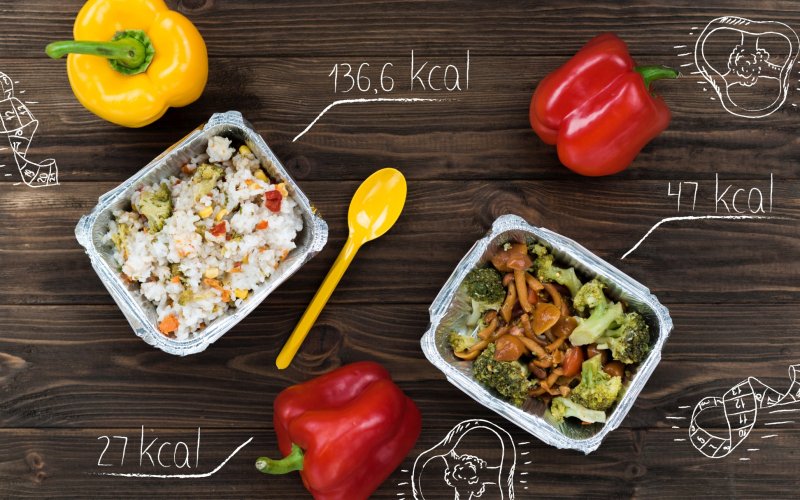First, I need to clarify the difference between calories and units of energy, which are joules. Calories were previously used to determine the value of heat and it has been shown (for example in the First Law of Thermodynamics) that heat is one of the forms of energy. The term calorie is still used (especially in food and metabolism), but it is merely a converted value of energy. One calorie is 4.184 Joules, which is the heat we need to add to one gram of water to raise its temperature by 1 °C.
To function, our body needs energy which we obtain from food. In principle, we separate the expenditure of energy in the human body into two types; — just for its existence and for additional activity.
Because the body maintains a constant temperature and organ function, we consume relatively a lot of energy even when sitting or lying down. This so-called basal activity corresponds to a power output of approximately 100 W. So, ten people have a thermal output equivalent to a heater and twenty people together have the same output as an electric kettle.
If we engage in any physical activity, we will expend additional energy. The value of this energy is related to the intensity of the activity and also the duration for which we perform it. To determine the energy consumed, we can use either various applications (caloric tables) or fitness bracelets.
The question, however, is how the values in the applications were determined? First, we need to explain how we obtain energy for the body’s functioning — we need some “fuel” that drives us. In the case of metabolism, the fuel is sugars or fats. Through the chemical reaction of sugar/fat with oxygen, we obtain the energy needed to meet our consumption. If we determine the amount of oxygen (and know the given chemical reaction), we can easily determine how much energy we consume during the given activity. It is therefore sufficient to measure oxygen consumption and determine the amount of “burned” sugars or fats accordingly.
Because all activities are related to the movement of our body, it is important to enter our weight in apps/fitness trackers.
By simply applying the 1st law of thermodynamics, we conclude that if we consume more energy (in the form of food and drink) than we expend, the difference will remain unused and, in the case of our body, will lead to an increase in fat content.
Want to ask something?
Send us an e-mail with the subject “Physics mysteries” to the address:
We can't wait to tackle your interesting questions!





